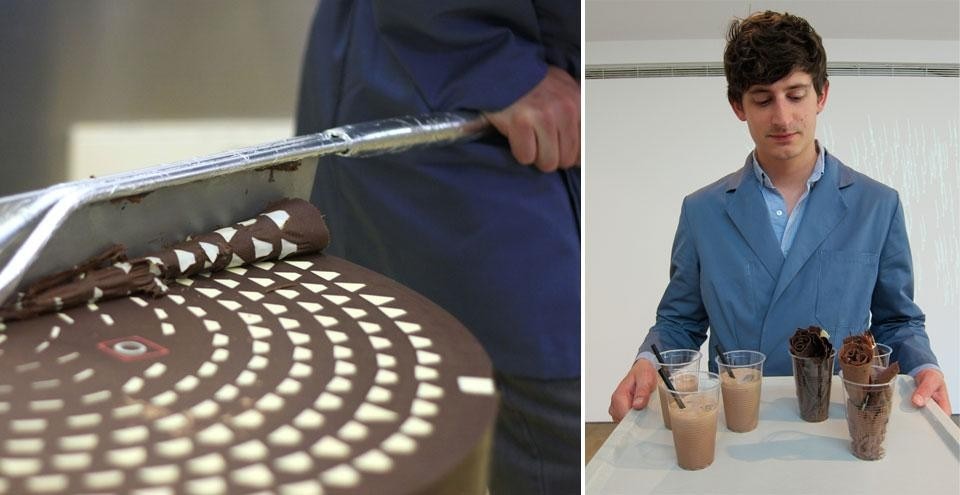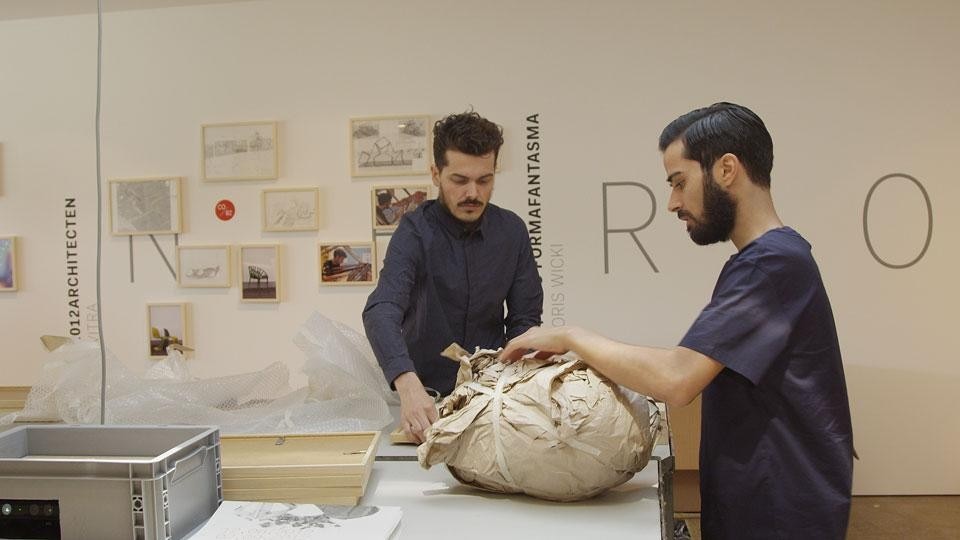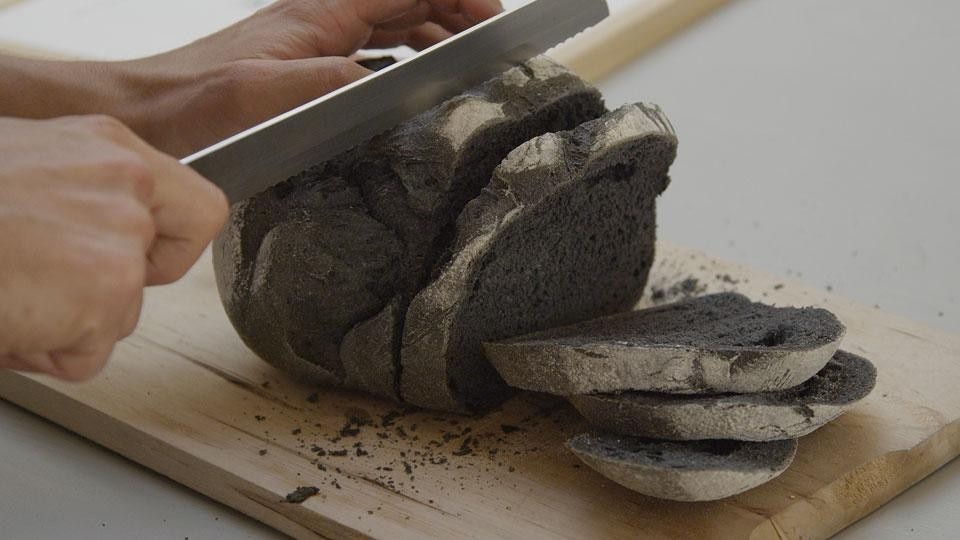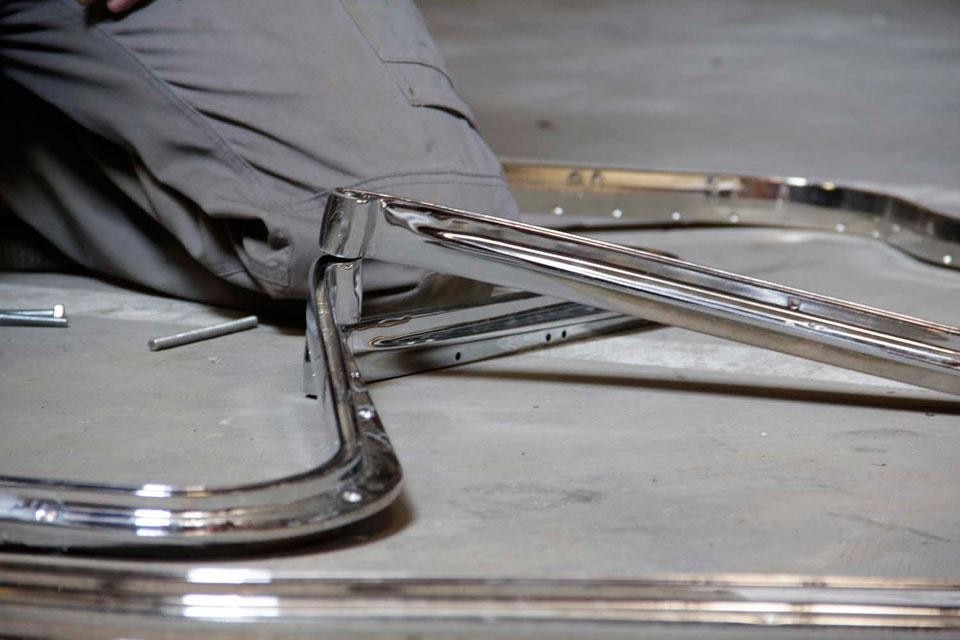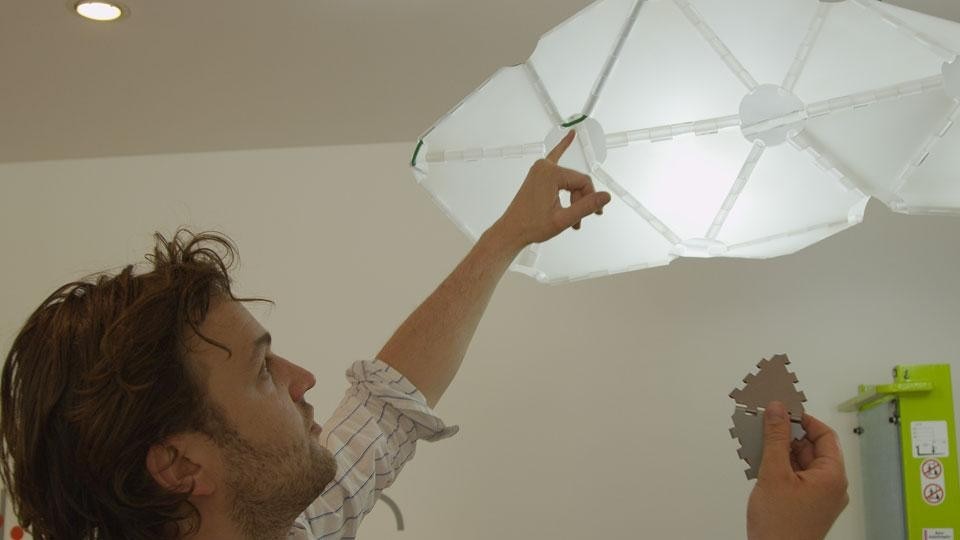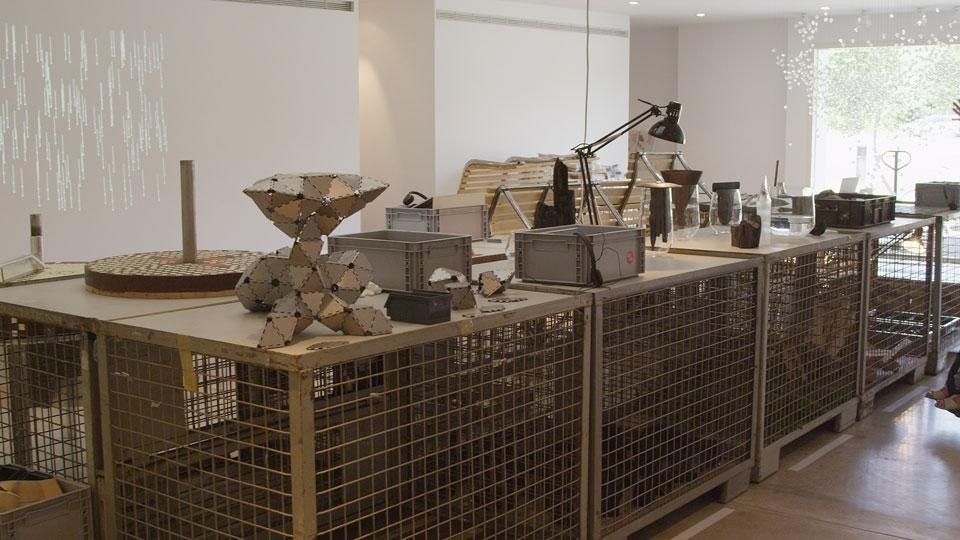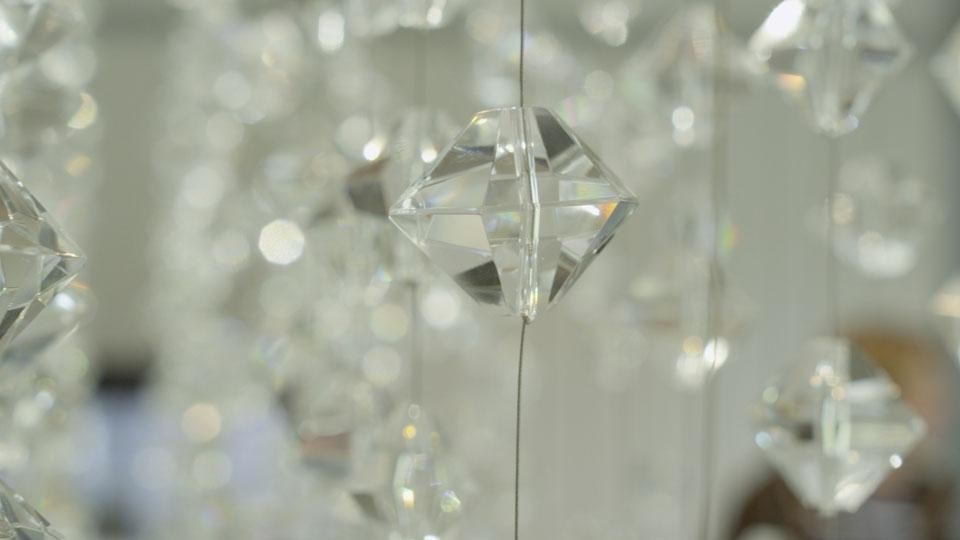It is 12:15 on Friday, 15 June and the day's featured project designer, Wieki Somers, is nowhere to be found. The exhibition curator, Amelie Znidaric, reassures viewers that the performance will start momentarily before scuttling off to find Somers. On the wall of the gallery a clock with a double pendulum — one pendulum attached to another — reminds visitors that, while the Swiss and Germans are known for their timely precision, Confrontations celebrates experiment and its associated chaos. Catalogtree, the Dutch studio behind the exhibition's design, chose a double pendulum to be the motif for the exhibition, as its inherently unpredictable movement embodies the very essence of experiment.
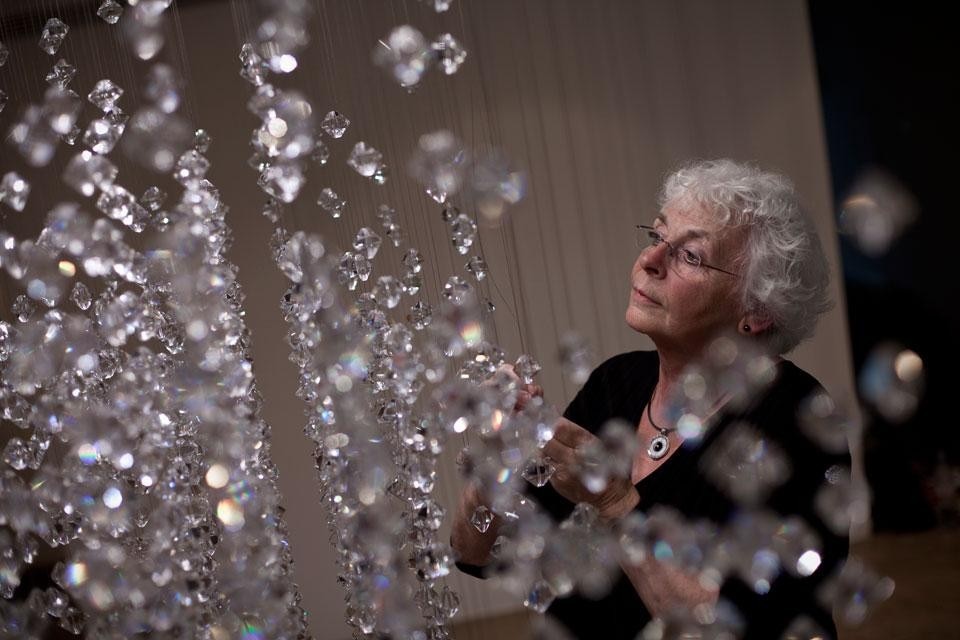
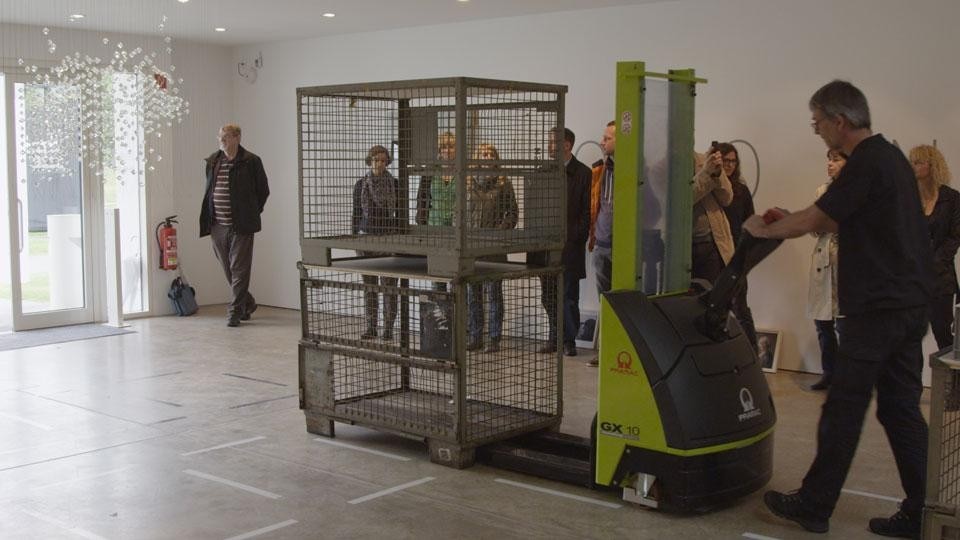
This is the potential of the museum: to make us all integral to the process of making — be it of object or meaning — and to challenge us to re-examine what we have made
